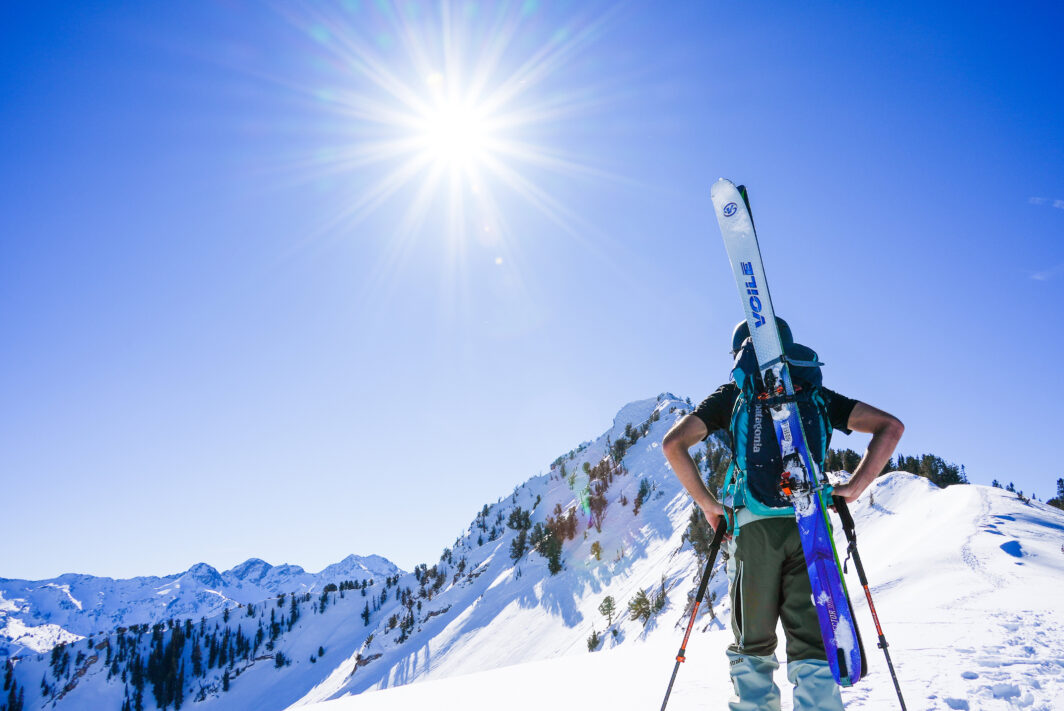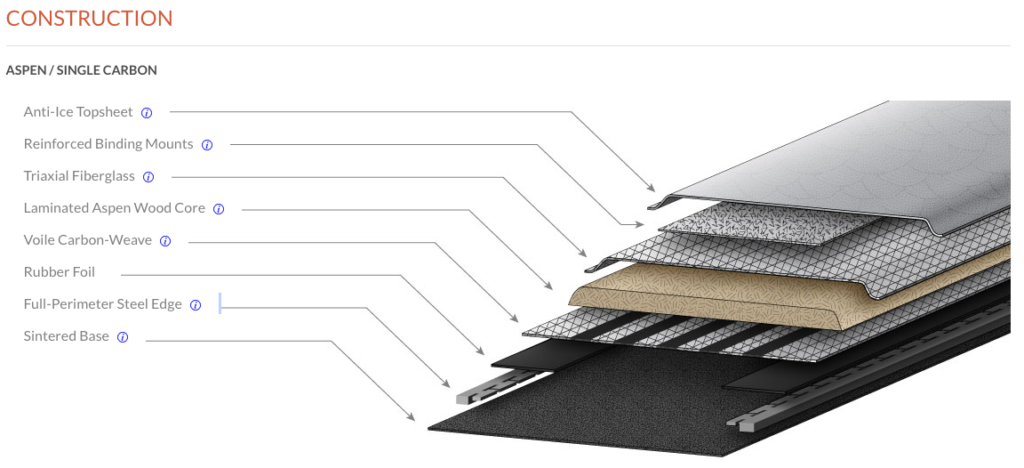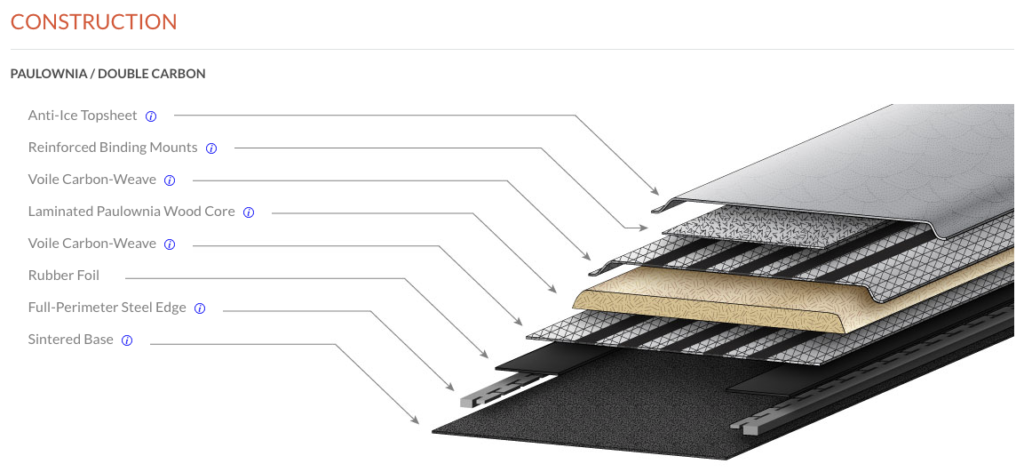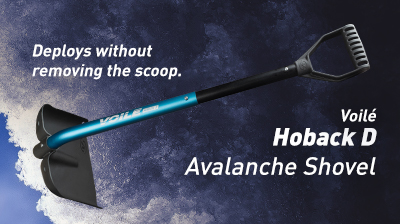
What Makes Voile Hyper Skis Different
Share this Post
Here at Voile, we make skis for the backcountry. Keeping it simple, solid, and lightweight are top priorities for everything we build. This formula is proven to work well for almost all backcountry users. But then there are those who want to take weight savings and uphill performance to the next level. This is the reason behind our Hyper series and why we make our Hyper skis different.
What Makes Them Similar To Our Other Skis?
Our Hyper skis feature the same shape and general characteristics as their non-hyper counterparts. With the same dimensions comes the same turn radius and similar feeling when initiating turns. Because of this, the Hyper V8 is just as surfy as the V8. The HyperCharger loves to be on edge just as much as the Supercharger. Both Hyper and non-hyper skis are built for great downhill performance. That said, there’s a different overall feel in our Hyper skis which comes from a few notable design changes.
What Makes Them Different?
All of the weight savings that come from our Hyper skis can be attributed to using a paulownia wood core. Our “standard” run of skis uses a slightly heavier aspen wood core for a damper downhill ride. While paulownia is much lighter than aspen, it’s also a fair bit softer. To keep the downhill performance as similar as possible between our Hyper and non-hyper skis, we add an additional sheet of our carbon weave to stiffen them up.
This ultimately leads to a pound of weight-saving between a Hyper and Non-Hyper ski of the same size and dimensions.


Differences In Feel
When shaving 1lb in weight between skis, there’s bound to be some differences in uphill and downhill performance. People commonly report having the extra stamina to go back up for additional laps or walk a bit further when using our hyper skis. On the flip side, when skiing hard, variable snow, it’s likely you’ll experience more chatter throughout the ski. This is due to that extra layer of carbon weave that adds strength to the ski but takes away dampening effects. Simply put, the non-hyper skis offer a more “damp” ride compared to the ultra-lightweight Hyper series.
Binding Compatibility
One final difference between these two groups of skis is how the core strength impacts binding compatibility. While paulownia cores can handle the abuse of a demanding AT skier, they aren’t equipped for the multi-directional force of Telemark bindings. The pressure created from a telemark turn stresses the wood in a way that can strip the screws out from the ski. Because of this, we don’t recommend mounting our Hyper skis with telemark bindings, or quiver killers.
Common Uses for Hyper Skis.
These skis were designed with uphill-oriented skiers. With that, they can provide a number of different uphill benefits to those who decide to “Get Hyper”.
Going further: If you have faraway objectives or long traverses in mind, our Hyper line should be considered.
Maximizing your day: When lugging around heavy touring gear, it’s easy to lose the steam necessary to go back up for lap 2 or 3. On days when we’re trying to put laps down on powder, or spring corn, we never hesitate to reach for our Hyper skis.
Lightweight daily driver: While some choose to fill a spot in their quiver with a Hyper ski, we’ve found that most people use them as their daily driver. The ability to have control in variable snow while offering over 1lb in weight savings justifies the minor tradeoff in downhill performance for most backcountry skiers.
Still Have Questions?
Feel free to reach out to our customer service team at info@voile.com, or stop by our retail shop in Salt Lake to demo some Hyper Skis and see if they’re right for you!
Share this Post



